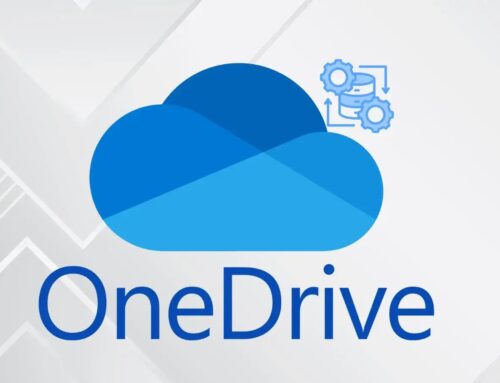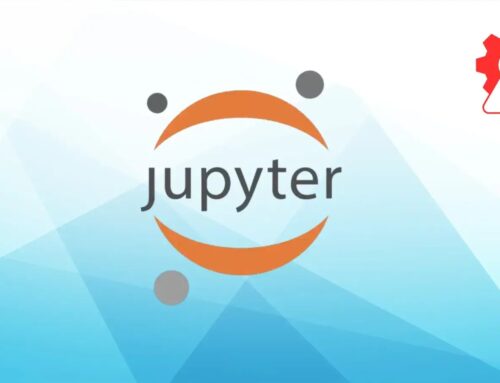
Have You Turned Off Your Virtual Oven?
Have You Turned Off Your Virtual Oven? The Criticality of Secure Cloud Instance Shutdown
You meticulously check the windows before leaving home. You return to the kitchen, a nagging doubt in your mind, to confirm the oven and stove are definitely off. Perhaps you even circle back again to ensure the front door is properly latched. These automatic safety checks provide a profound sense of peace because you understand the unlikely, yet potentially catastrophic, consequences of forgetting – a break-in, a fire, or worse. In the intricate world of cloud computing, a similar, often overlooked, “safety check” exists: ensuring your virtual instances are properly shut down and secured. Just as a forgotten oven can lead to a real-world catastrophe, a neglected virtual oven – an unmanaged cloud instance – can lead to digital disaster.
This article delves into the critical importance of secure virtual machine and container lifecycle management, focusing on vulnerabilities that arise from improper shutdown procedures and forgotten instances. We’ll explore the risks, discuss common scenarios, and provide actionable remediation strategies to safeguard your cloud environment from digital “fires” and “break-ins.”
The Cyber Risks of Abandoned Instances
The analogy of a forgotten oven extends directly to the dangers posed by virtual machines or containers (often referred to as instances) left running unattended, unpatched, or misconfigured in a cloud environment. These “virtual ovens” represent potential entry points for attackers, resource drains, and compliance nightmares. When instances are launched for testing, development, or temporary projects, they often fall out of sight and out of mind once their immediate purpose is served. Here’s why that’s a significant problem:
- Unpatched Vulnerabilities: Old instances are rarely kept up-to-date with security patches. This leaves them exposed to known vulnerabilities, like the various CVE-2023-XXXXX series affecting common operating systems and applications. An attacker can easily exploit these weaknesses to gain unauthorized access.
- Data Exposure: Forgotten instances might contain sensitive data, configuration files, or access keys that, if compromised, could lead to widespread data breaches or lateral movement within your network.
- Resource Abuse & Cost Accumulation: Even if not exploited for data, compromised instances can be used for cryptocurrency mining, launching DDoS attacks, or hosting malicious content, leading to unexpected cloud bills and reputational damage.
- Zombie Instances: Instances that are no longer in use but still consuming resources are often termed “zombie instances.” While not directly a security vulnerability, they contribute to cloud sprawl and make it harder to maintain a clear inventory, thereby increasing the attack surface.
- Misconfigurations: Instances often inherit or are given overly permissive security group rules or IAM roles during their initial setup. If left running, these misconfigurations become permanent backdoors.
Common Scenarios Leading to Forgotten “Virtual Ovens”
Identifying the root cause of these forgotten instances is crucial for prevention. Several common scenarios contribute to this problem:
- Development & Test Environments: Developers often spin up instances for quick tests or proof-of-concept work and forget to terminate them after completion.
- Shadow IT: Departments or individuals bypassing official IT procurement processes to deploy cloud resources independently, leading to unmonitored and unsecured instances.
- Project Completion: At the end of a project, the focus is typically on deliverables, not on decommissioning temporary infrastructure.
- Lack of Centralized Inventory: Without a robust asset management system, organizations struggle to track all their cloud resources, especially across multiple accounts or regions.
- Poor Decommissioning Processes: Insufficient or non-existent processes for systematically shutting down and cleaning up cloud resources.
Remediation Actions: Turning Off Your Virtual Oven Safely
Proactively managing your cloud instance lifecycle is paramount to mitigating these risks. Implementing the following remediation actions can significantly improve your cloud security posture:
- Automated Instance Termination & Scheduling: Implement automation to automatically shut down or terminate instances that are no longer needed. Use cloud-native scheduling features (e.g., AWS Instance Scheduler, Azure Automation) to turn off non-production instances during off-hours.
- Tagging and Resource Grouping: Enforce strict tagging policies for all cloud resources. Use tags to identify ownership, environment (dev, test, prod), and expiration dates. This allows for easier identification and management of resources.
- Regular Cloud Asset Inventory & Audits: Conduct frequent, automated inventories of all active cloud resources across your entire infrastructure. Tools can help identify stagnant or unused instances. Cross-reference these with active project lists to identify “zombie” instances.
- Least Privilege & Network Segmentation: Ensure that all instances, especially temporary ones, are launched with the principle of least privilege applied to their IAM roles and security group rules. Segment your network to limit the blast radius of a compromised instance.
- Dedicated Decommissioning Procedures: Establish clear, mandatory procedures for decommissioning cloud resources at the end of their lifecycle. This should include data wiping (if applicable), snapshot removal, and thorough instance termination.
- Anomaly Detection & Cost Monitoring: Monitor cloud spending and resource utilization for unexpected spikes or persistent usage in areas that should be quiet. Unexplained increases can indicate forgotten instances or even compromise.
- Employee Training and Awareness: Educate developers, operations teams, and project managers about the risks associated with abandoned instances and the importance of responsible cloud resource management.
Tools for Cloud Instance Lifecycle Management
Leveraging the right tools can streamline the process of managing your cloud instances and preventing “virtual oven” incidents.
| Tool Name | Purpose | Link |
|---|---|---|
| AWS CloudWatch / EventBridge | Monitoring, logging, and automated instance actions (e.g., shutdown, termination based on schedules or events). | https://aws.amazon.com/cloudwatch/ |
| Azure Automation / Logic Apps | Automating tasks like scheduled instance shutdowns, patching, and resource cleanup. | https://azure.microsoft.com/en-us/products/automation |
| Google Cloud Scheduler / Cloud Functions | Scheduling tasks and triggering serverless functions for instance management. | https://cloud.google.com/scheduler |
| Cloud Custodian | Policy enforcement engine for public clouds; automates instance cleanup based on defined rules. | https://cloudcustodian.io/ |
| Cloud Security Posture Management (CSPM) tools (e.g., Prisma Cloud, Wiz, Orca Security) | Discovery of misconfigurations, open ports, and unpatched instances across cloud environments. | Commercial products, individual links vary. |
Conclusion
Just as a diligent homeowner ensures the oven is off and the doors are locked, a responsible cybersecurity professional must ensure that every virtual instance in their cloud environment is accounted for, patched, and appropriately managed throughout its lifecycle. Neglecting these “virtual ovens” is not merely an oversight; it’s a critical security vulnerability waiting to be exploited. By implementing strong governance, automation, and continuous monitoring, organizations can effectively turn off their virtual ovens, reduce their attack surface, and maintain a secure and compliant cloud infrastructure. Proactive vigilance is the ultimate peace of mind in the cloud.





